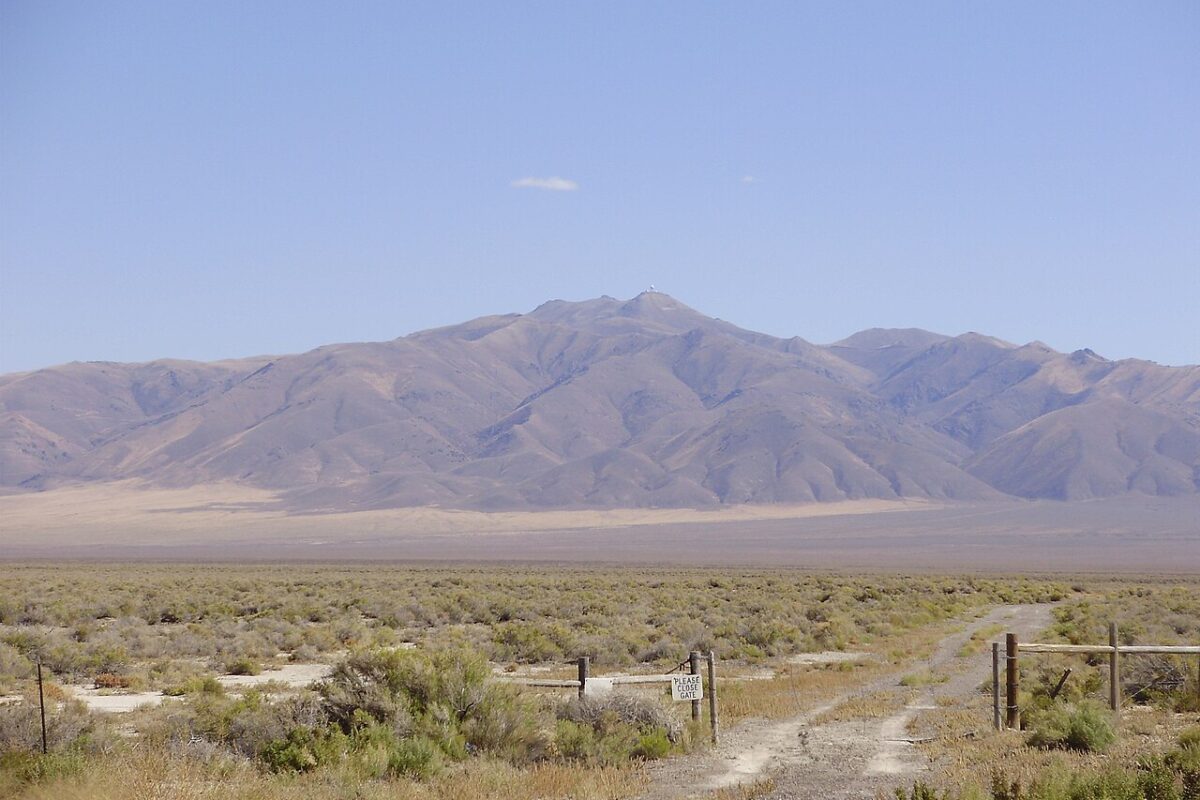South Dakota is ranked next-to-last in U.S. solar installations by state, but the 140-MW Lookout project could propel it into the big time.
The proposed Lookout Solar Project in Oglala Lakota and Custer Counties is an 840-acre photovoltaic power facility that would include a new substation, a new underground transmission line, access roads, and a maintenance and operation center. Since pv magazine reported on the project in 2018, the capacity has been increased and progress has been made on the environmental and regulatory fronts.
It would be built primarily on lands within the Pine Ridge Indian Reservation and would interconnect with the Southwest Power Pool’s existing New Underwood to Wayside 230kV-transmission line, about ten miles away.
Taking South Dakota from 1 MW to 140 MW
South Dakota ranks 50th of the 51 states (including Washington D.C.) in solar deployed, trailed only by North Dakota, according to data through Q3 2019 from the Solar Energy Industries Association. Rounding up, South Dakota has 2 MW of PV installed, while North Dakota has 1 MW deployed.
Lynn Dee Rapp, founder of Eagle Opportunity and a tribal citizen of the Oglala Sioux Tribe, told pv magazine, “As a tribal member and entrepreneur — this is as big as it gets,” adding that the project will “bring employment and economic opportunity” to the county.
“We are the first in Indian country to develop a large-scale solar project,” said Rapp.
Rapp said that the remaining challenges are getting into the interconnection queue and approval of the transmission line to connect to the grid, about ten miles away. Rapp said that the South Dakota Public Utilities Commission has been cooperative in this matter.
She added that the Bureau of Indian Affairs “has been very careful to make sure our contracts are legal.”
The Bureau of Indian Affairs has reviewed the project and found it in accord with the National Environmental Policy Act, while supporting tribal sovereignty and self-determination.
“A great opportunity for tribes”
A 140-megawatt solar facility can provide an economic and employment engine to Oglala Lakota county, the poorest county in the nation.
“I know there’s a great opportunity in the energy field for tribes. We must take advantage of those. If not, the non-Indian communities surrounding us are going to jump in ahead of us. They’ll fill the grid and we won’t have any opportunity, so we’ve got to get going,” said Rapp in an article in Native News Online.
Not all tribal governments are pursuing massive utility scale projects. That same article notes that the Winnebago Tribe of Nebraska “has pursued smaller distributed solar projects that offset the tribal government’s energy usage,”opting for self-sufficiency rather than an economic engine.”
But as Rapp told pv magazine, when it comes to utility-scale solar on tribal lands, “We are the first and we’re very proud of this.”
This content is protected by copyright and may not be reused. If you want to cooperate with us and would like to reuse some of our content, please contact: editors@pv-magazine.com.








It’s good there are forward thinking people like Lynn Dee Rapp in most states.
PIERRE, S.D. (KELO) — State regulators have been asked to once more put off a decision on permitting South Dakota’s first solar-electricity project.
The state Public Utilities Commission planned to consider the Lookout Solar project Tuesday.
But the commission’s staff in a letter now recommends delaying it, while Lookout Solar makes more changes. Lookout Solar and the commission staff had proposed an agreement in December.
But the Jan. 17 letter said Lookout Solar’s developers were still working on revisions to the agreement.
A delay would give the three commissioners time to look at any changes and additional information.
The $100 million project in western Oglala Lakota County would have 500,000 solar panels capable of generating 110 megawatts of electricity.
It would connect to the Western Area Power Administration grid in Fall River County.
The commission received the application for the project December 17, 2018. State law required the commission to reach a decision in one year, but in November the commission granted an additional two months at the developer’s request.
Patricia Van Gerpen Executive Director South Dakota Public Utilities Commission 500 E. Capitol Ave Pierre, SD 57501
RE: EL18-059- IN THE MATTER OF THE APPLICATION OF LOOKOUT SOLAR PARK I, LLC FOR A PERMIT OF A SOLAR ENERGY FACILITY IN OGLALA LAKOTA COUNTY
Ms. Van Gerpen,
Based on the discussion during the December 9, 2019, Commission meeting, the parties in the above-captioned matter have been working to revise the settlement stipulation and bring additional information to the Commission. While Staff had every intent to discuss a revised settlement stipulation at the January 21, 2020, Commission meeting, Lookout Solar Park I, LLC is still working to provide additional information and execute the revised settlement stipulation. This will be filed as soon as possible.
Based on this unforeseen delay, and to provide the Commission with adequate time to review the filing, Staff would support deferring this matter to a later Commission meeting.
Thank you for your time and attention to this matter. Please feel free to contact me should you have any questions or concerns.
Sincerely,
Amanda M. Reiss Public Utilities Commission 500 East Capitol Avenue Pierre, SD 57501
This isn’t the first large-scale solar project in Indian Country. Navajo Tribal Utility Authority has one in operation in Kayenta, AZ: https://navajotimes.com/biz/ntua-kayenta-solar-project-chart-path-to-the-future/
Still excited that Indian country is playing a role in leading this energy transition and all power and prayer to our relatives in Pine Ridge!